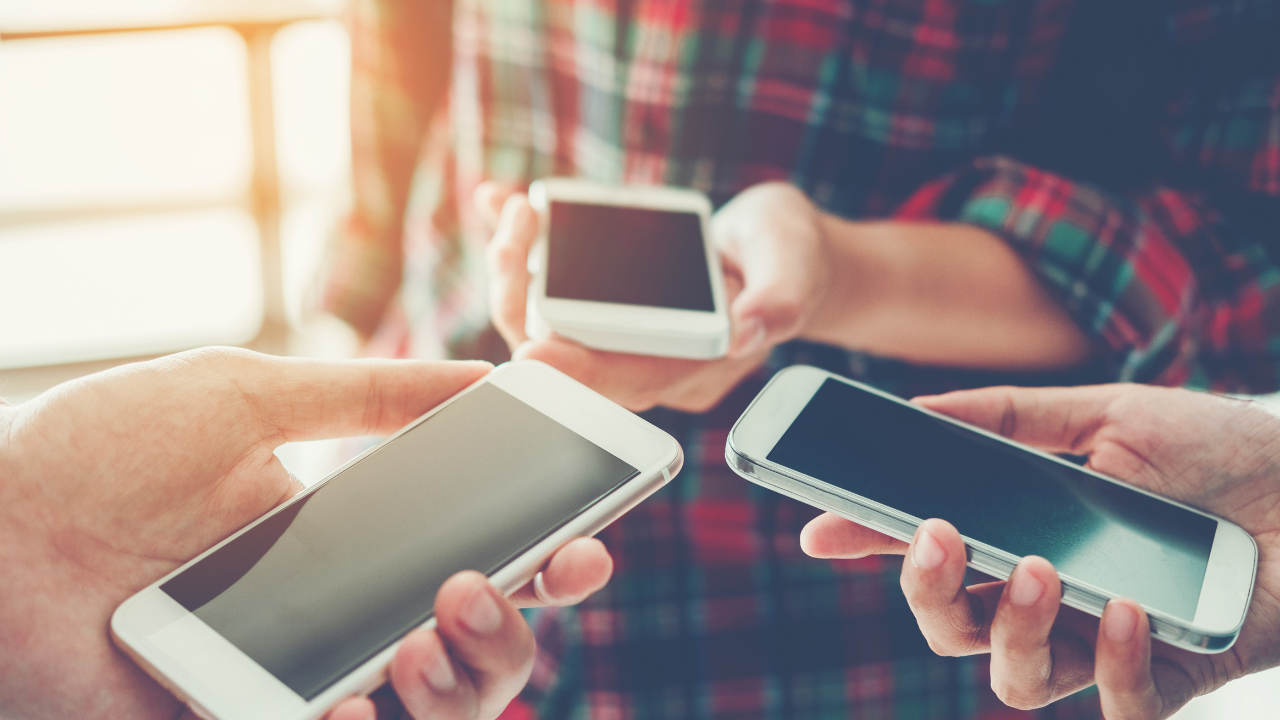2. Understanding the Programs for Free Internet and WiFi
Federal Programs
Affordable Connectivity Program (ACP)
The Affordable Connectivity Program (ACP), introduced in 2021, is one of the most prominent initiatives aimed at providing internet access to low-income families. It offers a monthly discount of up to $30 on broadband services ($75 for those living on tribal lands). Many internet service providers (ISPs) participating in ACP also offer free or nearly free internet plans to qualifying households.
Lifeline Program
The Lifeline Program is another federal initiative, originally designed to provide discounted phone services but now expanded to include broadband. Eligible households can receive up to $9.25 monthly toward internet services. When combined with ACP benefits, many households can access internet services entirely free of charge.
Nonprofit and Community-Based Initiatives
Nonprofits like EveryoneOn and PCs for People focus on bridging the digital divide by providing affordable or free devices and internet services to underserved communities. These organizations often collaborate with local governments or private companies to deliver solutions tailored to specific areas.
Free Public WiFi Hotspots
In many cities, local governments or ISPs provide free public WiFi hotspots in libraries, parks, schools, and community centers. While these hotspots may not replace home broadband, they provide a crucial stopgap for those needing temporary internet access.
Private Company Initiatives
Some companies, such as Comcast and AT&T, offer discounted internet services through programs like Comcast’s Internet Essentials or AT&T’s Access. These programs often feature low-cost plans, free WiFi routers, and no installation fees, making them accessible to low-income families.

Next Page
You May Also Like
-

How to Get Low-Cost Internet through AT&T Access and Spectrum Internet Assist
In today’s digital era, access to the internet is not merely a convenience; it has become a fundamental necessity for individuals, families, and communities. The internet serves as the primary gateway to a vast array of services, opportunities, and resources that underpin modern life. From communication and education to healthcare and employment, the internet plays a crucial role in facilitating participation in society. However, many low-income households face significant barriers when it comes to affording reliable internet access. These barriers can lead to social isolation and hinder opportunities for economic advancement, effectively exacerbating existing inequalities.
-

How to Apply for the Lifeline Program: A Step-by-Step Guide
By understanding the recertification process and staying engaged with your provider’s notifications, you can maintain your Lifeline benefits and continue to enjoy the connectivity and support that the program offers.
-

The Benefits and Limitations of Free Internet Service
Explore the benefits and challenges of free internet service, including its impact on the digital divide, economic growth, education, privacy, security, and the future of global access.
Popular Blog
-

Affordable Alternatives When You Don’t Qualify for Free Government Phones in the U.S.
Don’t qualify for a free government phone like Lifeline? This article explores affordable options for staying connected. Discover prepaid plans, discounted deals, the used phone market, and how to leverage free Wi-Fi and community resources to maintain essential communication on a budget.
-

How to Get a Free Tablet from Government Programs
In this article, we’ll explore these programs, the types of tablets you can get, and the carriers currently participating in these initiatives.
-

How to Check Your Eligibility for Free Cell Phones and Services
Learn how to check your eligibility for free cell phones and services through programs like Lifeline and ACP. Discover income-based requirements, application steps, and benefits.





